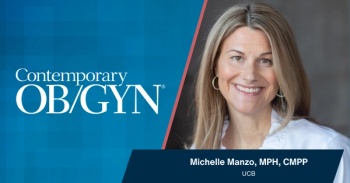
Is intervention in our DNA?
Too many ob/gyns believe that doing something is better than doing nothing, says this reader.
Inherent to our specialty is the lack of good-quality prospective RCTs that look at the short- and long-term benefits and risks of not only ACS but much of what we do.
Via the web
In Reply
Thank you for your comments. With any intervention, we must present benefits, risks, and alternatives. The potential benefits must outweigh any known risks. Clinical trials in obstetrics are difficult to design. The hard part is identifying clinically relevant endpoints. Are they maternal, fetal, or both? Will the benefits persist or result in unintended consequences? In designing an RCT there is always tension between choosing the most relevant endpoint and sample size and power. Our specialty is unique in that we are caring for at least 2 patients at once. While it is relatively easy to perform an RCT evaluating a short-term outcome such as RDS or cesarean rate, it is very difficult and expensive to perform long-term outcome studies to see the real impact. Without funding and follow-up studies, we will never know for sure whether the perceived benefits of a reduction in respiratory morbidity offset potential long-term health consequences. Hopefully, clinicians will use caution in the use of ACS near or at term and make sure to document informed consent before administering ACS at a critical time in brain development. This is a very slippery slope and clinicians should proceed cautiously.
Debra A Guinn, MD
Newsletter
Get the latest clinical updates, case studies, and expert commentary in obstetric and gynecologic care. Sign up now to stay informed.










